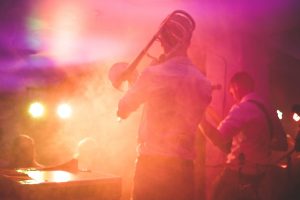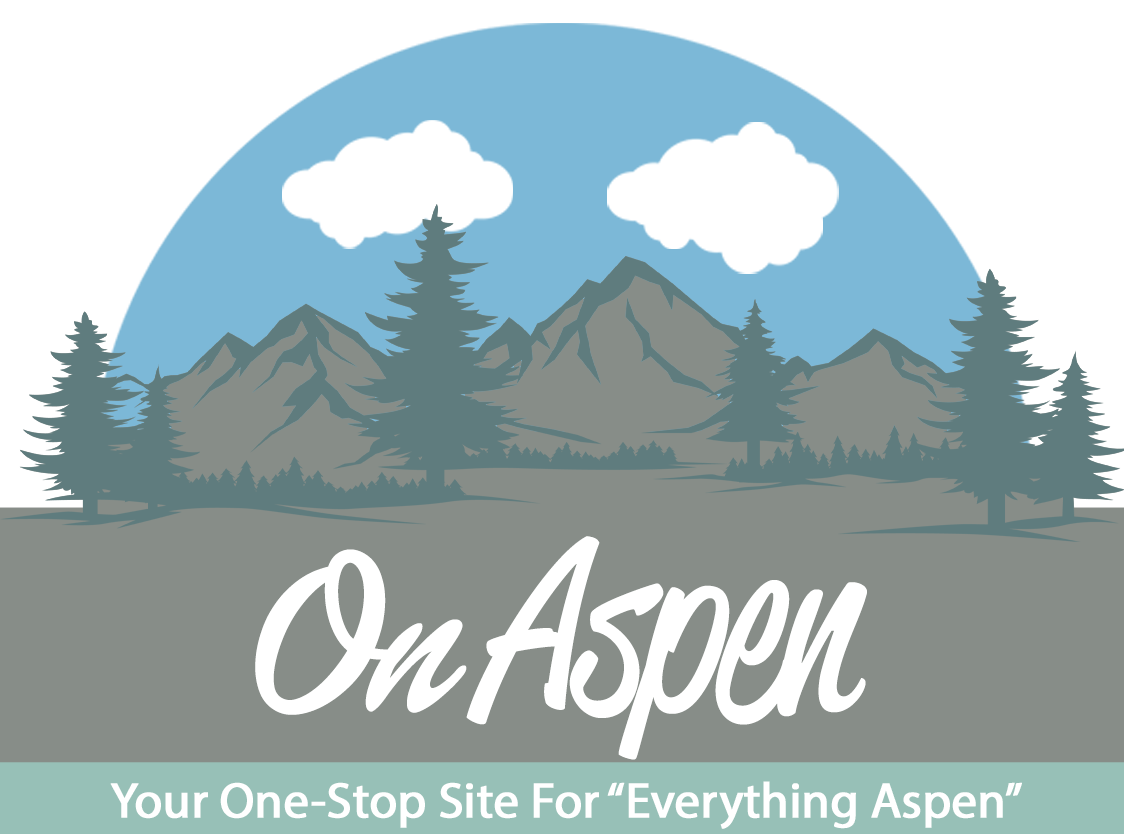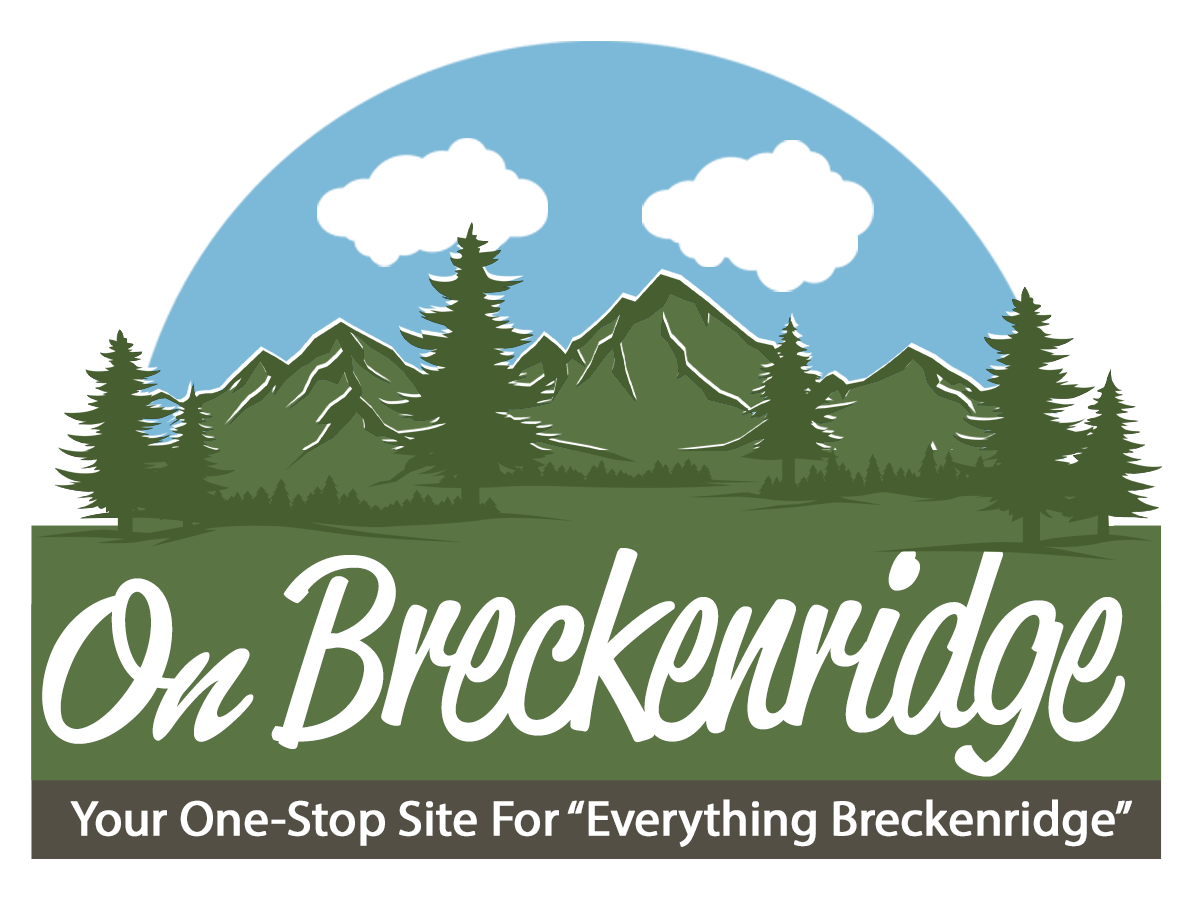The Art, Soul, and History of Blues Dancing & Where to Go in Colorado Springs

Pexels / Lucas Allmann
What is blues dancing, exactly?
Blues is an intricate fusion of concepts from all styles of dance. Blues music allows for improvisation and interpretation that doesn’t exist in many partner dances. It’s a much slower and freer dance than other social dances that allows for virtually any type of connection with the music.
The movements and general expressions within blues dancing can take on moods like contemplative, sad, powerful, playful, and poetic.
History of Blues Music
Today, many passionate musicians and dancers are keeping the blues scene alive. It began in the communities that adored Lindy Hop, but quickly expanded and grew away from Lindy. When blues dancing was first becoming popular, people danced in juke joints, house parties, and sometimes even bigger venues like the Savoy Ballroom that was typically reserved for Lindy.
The history of blues music and the dance is a long story that continues still today. Blues began in African American communities, so honoring their culture, music, and history helps to appropriate and appreciate it in the context of what has created modern blues.
There are three important things to reflect on when considering the history of blues. First, blues music was inspired by work songs and Negro spirituals, and these songs were based on African rhythms and music.
Also, blues music came before jazz music, which became popular following the American Civil War. Second, many styles of blues music exist including Rural, Up-tempo, Chicago, Electric, East Coast, Slow, Delta, Harmonica, Gutbucket, Urban, and Modern Electric. Each style of blues music has different emotions and nuances.
Blues music came about in reaction to the Jim Crow era segregation and laws, slave traditions, and slave communities. The songs were a commentary on the way people and musicians lived at the time. They were a reflection of the many emotions felt during the time such as longing, sorrow, loss, and sometimes, joy.
Dick Weissman discusses how the context of blues music helps us to see blues music as a type that allows for people to bring up different grievances in his book In Blues: The Basics. Many people view blues music and dance as meaningful outlets to let off steam about life.
Styles of Blues Dance
While blues music expanded into new styles across America, all of the styles progressed along with the local music styles. Because of the many styles, blues isn’t one particular dance. However, the blues aesthetic refers to the blues idiom styles with shared techniques and aesthetics (for example, drag blues, struttin’, or the cake walk). Blues aesthetic involves asymmetrical and grounded dancing, but also moving in broken lines.
In the majority of blues idiom dances the main point of connection is the close embrace stance, which has an upper body connection that’s similar to ballroom dance but is way more relaxed. Of course, there are other positions for blues such as breakaway dancing, open position, and the closed position.
Blues dancing is based on subtle movements that carefully convey the qualities of the dance. Many qualities of blues dance come directly from the music like expressiveness and emotional intensity, tension and release, and call and response.
Blues Dancing Is An Intuitive Reaction to the Music
Blues dance is one that conveys all human emotions and passions. It encourages individuality that is translated into movement in order to express the songs. The dancers are only the interpreters of the music because they can play with the music however they want. This visceral reaction to the music is what sparks the magic of blues dancing! It connects you to the music, your partner, and to the atmosphere around you.
The benefits of learning blues dancing doesn’t stop there. Dancers can get a better grasp on expression, emotional and musical interpretation, active listening, intensity, creativity, clarity, and simplicity. These core skills are intertwined in all types of advanced social dancing.
In blues dance, people pulse along with the downbeat of the song. Blues is meant for enjoyment and taking in the slow moments. The movement is almost magnetic, in that moving from the soul in a relaxing environment can give people a brand new outlook about dance that they may have never had before.
Blues Dancing in Colorado Springs
Taking lessons and trying out a social dance is a great way to get exposed to the world of dancing. The swing dance scene in Colorado Springs has always been strong, but before 2013 the blues scene was nearly nonexistent and really needed help.
Before, one or two swing dance venues would play blues tunes toward the end of the night, but these venues either closed their doors or were on the Air Force Academy, which didn’t always allow non-military dancers to get on base. This lack of blues in the Springs had the most avid dancers commuting to Denver to dance at least once a week, and this is why local swing dancers began Andante Blues to meet this need.
Now, it’s common for fifty plus people to come out on Fridays to get lost in the music. If you live in or are visiting the local area, stop by Andante Blues in Southeast downtown Colorado Springs on Friday nights at 8 p.m. (beginner lesson is usually at 7:30 p.m.). Many other cities also have blues classes and weekly dances, so don’t hesitate to check out blues dances near you. Andante Blues gives beginners a free lesson to help them get moving, and regular attendees will love the advanced lessons that continue to progress your repertoire of moves on the floor.
As far as clothing goes, wear an outfit that’s comfortable for you. Beginners might rather start in socks before investing in the leather-soled dance shoes that help to increase ease of movement on the floor.
As a social dance, you can show up by yourself, with a group of friends, or with a partner. At Andante Blues and many other blues venues in Colorado, blues is mainly social. This means that people might ask you to dance, or if you’d like, you can ask them if they look especially fun to dance with. Often, those who dance with different partners will grasp blues dancing much quicker than those who dance with one partner.
Why not try blues dancing? It will give you the chance to experience the music with a partner and learn to interpret it through dance. This is one activity that can be relaxing, challenging, fun, and even addicting.








